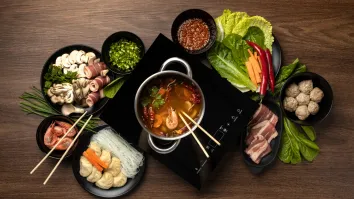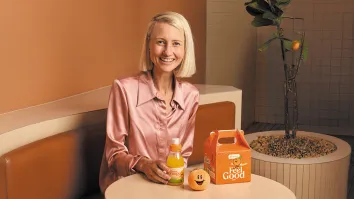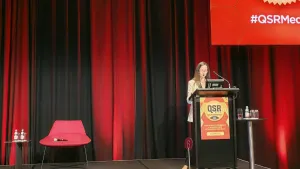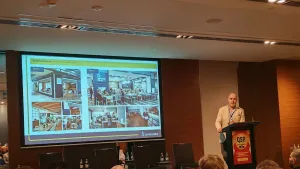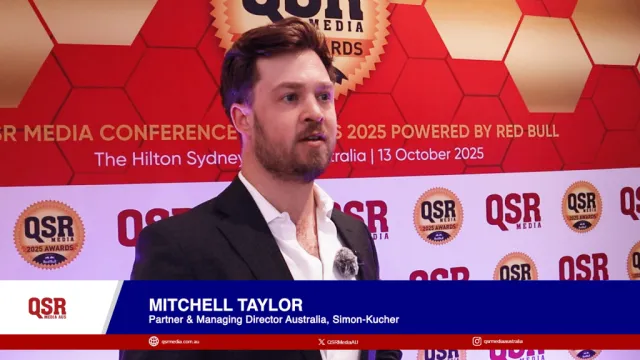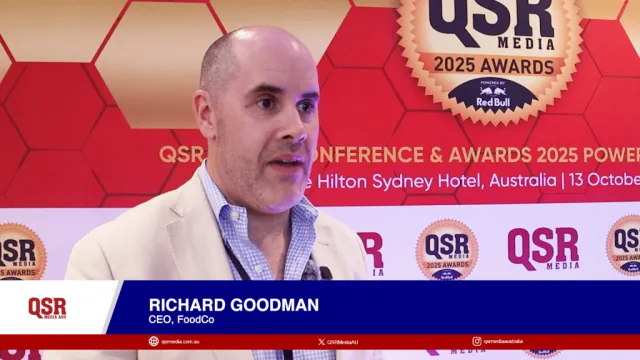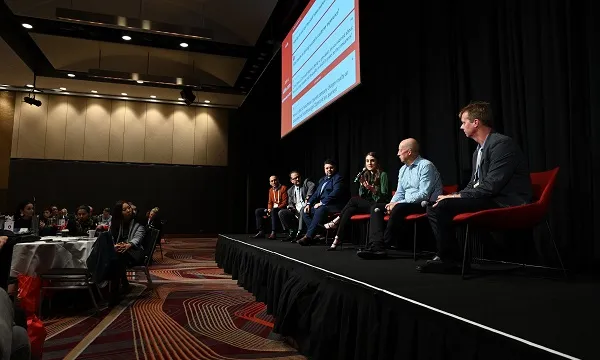
Finding the ideal business model in a tech-driven industry, as told by Subway, Hungry Jack's, Soul Origin and Zambrero
Executives from Australia’s biggest QSRs weigh in on the challenges and opportunities presented by the changing notion of convenience.
Australia’s foodservice industry looks drastically different in the last two years of the 2010s compared to how it was when the decade began. Delivery is now a major growth market, driven by the rise of convenience-centred consumer expectations.
Meanwhile, technology has changed other parts of the industry, from food sourcing to staff training. To remain competitive, contenders in the QSR space must find the balance between sticking to traditional tried-and-tested business models and adapting to a disrupted landscape, according to a panel of executives during the QSR Media Sandhurst Fine Foods Conference & Awards 2019.
The need to examine consumer behavior
The question for brands wishing to cash in on the potential of the delivery market is the continued relevance of brick and mortar outlets. In an environment of rising rents and consumers demanding faster, more convenient service, it becomes a challenge for brands to find a business model with reasonable margins.
Chris Churchmichael, Australia & New Zealand Country Director for Subway Australia, said this challenge is one posed by an increasing number of digital consumers, or those who primarily order food through aggregators.
“The digital consumer and their needs are quite different to those of an in-restaurant guest,” he said. “With traditional quick service food brands, one of the biggest challenges is how do we deliver the same standard of guest experience through a third-party delivery provider, meeting their expectations of our product and the level of convenience that they expect.
“The move to third-party delivery is also a shift in the operations of restaurants, both for franchise owners and their teams. For a brand like Subway, where all food is prepared in front of our guests and customised the way they like it, it’s also critical to ensure in-restaurant guests are prioritised appropriately and understand when sandwich artists are preparing a digital or delivery order.”
David Ovens, Head of Marketing at Seagrass Boutique Hospitality Group (Ribs & Burgers, The Meat & Wine Co., Hunter & Barrel, Italian Street Kitchen, Butcher & the Farmer) and Group & Executive GM of Blue Coral Concepts, said that customers who switch from the traditional channel into online ones can pose dangers to brands that have grown dependent on such income streams.
“If you feel like your customer is switching behaviors and preparing to take more delivery transactions as opposed to ordering, then you've got a fundamental problem, in which you've lost the transactions from your existing income streams, and replaced it with one which is substantially more expensive,” he said.
Brands must then find adaptive and incremental pricing models that should compensate for the significant premiums of online delivery channels.
“At some point, the customers themselves will figure out they are paying a significant premium for the privilege of participating in delivery. It’s the customer’s decision, and you have to figure out how to make it work,” Ovens added.
Former Soul Origin chief executive officer Chris Mavris pointed out that some delivery services charge fees that are significantly more than what brands can afford, so brands have to operate under a new model that takes such expenses into account, or else negotiate better terms with aggregators.
“It's about adjusting what your price point is for delivery services. I believe that [aggregators] have to come to the table a little bit more than they had in the past,” he said.
Sticking to the ‘bread and butter’ of foodservice
Chris Green, Chief Executive Officer of Hungry Jack's, suggested that one way of adapting to this new market is by branching out into different business models at once.
“I think it's a little bit like tickets, you know. If you're just going to sell them on quantity it's not gonna work. So the reality is that if you lock yourself down into one model, you're probably going to miss out on a certain percentage of the market,” he said.
For a brand like Zambrero, for instance, the main strategy is to stick to the traditional bread-and-butter model of building brand image and experience to drive revenue.
“Whenever we look at foot traffic, we see that there are two main leaders within the business and the first is marketing. So for us, it's about focusing on actual core pillars to have fresh, healthy product. We're certainly seeing a trend, a consciousness around the health elements of foodservice. So getting there and highlighting that,” Zambrero CEO Bianca Azzopardi said. “Our second core pillar is our Plate 4 Plate program. Today, we've donated over 30 million meals, and we've just launched a marketing campaign to get out there and tell our customers about that.”
The second thing that drives traffic to Zambrero’s stores, Azzopardi continued, is their improved customer experience through the use of technology. Through digitizing its back-end operations through an app, Zambrero has managed to maintain a consistent and up-to-date training programme for its team members.
“It's important whether here in Australia or in the US, we can say that our customers are provided the same experience. So its operations and marketing. Those are the two key things we look at,” she said.
Adapting to a transformed marketplace
Finding the ideal way to meld technology with core pillars of traditional foodservice is something that the executives agreed on. Even with new trends, QSRs must still meet consumer demands regarding quality, consistency, and how a brand connects with its customers.
Gaven Needham, Head of QSR, Caltex Australia, is leveraging its unique environment to establish partnerships with QSRs like Guzman y Gomez and Boost Juice, which can lead to more valuable relationships with consumers down the line.
“If you think of the standard GYG or Boost Juice consumer, they are generally teenagers and people in their early 20s who at that stage of their life may not necessarily have a traditional reason such as a fuel purchase to come to a Caltex service station,” he said.
“However, our QSR partnerships give us an opportunity to connect and build a relationship with these consumers as they progress to drivers and larger convenience retail consumers in the future.”
Brands should constantly be on the lookout for opportunities to build such relationships with the modern consumer, and one way to do that is by being quick to cater to their specific dietary needs. With the rising prevalence of vegetarian and vegan diets across Australia, Green suggested that brands start to offer quality plant-based options to gain a headstart over the market.
Green said that as there are now millions of Australians who have switched to a meat-free diet in the past five years, brands should introduce new products that would cater to that market, or the more approachable ‘flexitarian’ market.
Ovens, whose brand Ribs & Burgers have already introduced plant-based Beyond Meat burgers in its menu, pointed out that brands who offered such products can have access to a very powerful, vocal part of the modern market.
“In terms of unit volume, in terms of the sheer customer appeal, the attraction performed incredibly strongly. But what's also surprising is the volume of feedback on social. The attachment, it's really intense. In this particular case, the market across the spectrum of ages and genders, was very highly engaged in the whole idea,” he said. Ovens believed that the results suggested that the product’s success was more about by the quality of the product than it was about the novelty of it.
Such innovations indeed may have disrupted certain parts of the foodservice industry, and have posed new challenges. But, as Churchmichael put it, the industry has not changed that much. The quality of products, he said, is still paramount. What a brand can offer that its competitors cannot is still what will drive consumers to choose it.
“Disruption such as what the industry is currently experiencing with third-party aggregators should be viewed not as a challenge, but as an opportunity. Subway is certainly taking hold of this opportunity with both hands and responded by providing more than 800 restaurants for delivery, as well as with a national online-ordering platform and app. The changing landscape of the food industry and how it is responding to new consumer behaviours demonstrates that this is not the end of quick service restaurants, but merely an evolution in their journey."


